Endangered Habitats
Newark 18.03.2021 Jpic-jp.org Translated by: Jpic-jp.orgOur planet is losing vital forests and arable land and with that, biodiversity. With 80 percent of all terrestrial species -animals, plants and insects- and about 1.6 billion people dependent on them for their livelihood, forests are a necessary resource that should be protected.

Between 2010 and 2015, the world has lost 3.3 million hectares of forest (A hectare is 2.471 acres.) Meanwhile drought and desertification are responsible for a loss of 12 million hectares each year, and land used for agriculture is affected by soil degradation.
Poaching and trafficking of wildlife is responsible for "7,000 species of animals and plants reported in illegal trade involving 120 countries." Eight per cent of the known 8,300 animal breeds are extinct; 22 per cent are at risk of extinction.
Nature is critical to our survival: nature provides us with our oxygen, regulates our weather patterns, pollinates our crops, and produces our food, feed and fiber. But, it is under increasing stress. Human activity has altered almost 75 per cent of the earth’s surface, squeezing wildlife and nature into an ever-smaller corner of the planet
The United Nations Sustainable Development Goal 15 is "Life on Land." Its goal is to:
Protect, restore and promote sustainable use of terrestrial ecosystems, sustainably manage forests, combat desertification, and halt and reverse land degradation and halt biodiversity loss.
Deforestation and desertification - caused by human activities and climate change - pose major challenges to sustainable development, affecting the lives and livelihoods of millions of people. Forests are vitally important for sustaining life on Earth, and play a major role in the fight against climate change. Investing in land restoration is critical for improving livelihoods, reducing vulnerabilities, and reducing risks for the economy.
Around 1 million animal and plant species are threatened with extinction – many within decades – according to the 2019 Global Assessment Report on Biodiversity and Ecosystem Service. The report called for transformative changes to restore and protect nature. It found that the health of ecosystems on which we and all other species depend is deteriorating more rapidly than ever, affecting the very foundations of our economies, livelihoods, food security, health and quality of life worldwide.
Initiatives are in the way like The Lion’s Share, an International agreement that promotes the use of resources in an equitable way. Christopher Nelius, The Lion’s Share film director had the idea with Rob Galluzzo, founder of FINCH, a production company based in Australia, and sponsored by UN Development Program (UNDP).
UNDP and The Lion’s Share Fund finances a range of wildlife conservation and animal welfare programs globally. The Key initiatives of The Lion's Share are protecting wild tigers, safeguarding core jaguar populations, securing 1 million hectares of wilderness in perpetuity, combating the illegal trade of ivory and rhino horn, improving the welfare of over 200 million animals and abandoned pets worldwide.
Now, the studies show that taking animals from their natural environment making them pets, not only produces unbalanced life in nature, but their trade also spreads all types of pandemic everywhere.
Pope Francis in his Encyclical Laudato Si expresses the starting consideration concerning animals when he stresses their intrinsic value. “It is not enough, however, to think of different species merely as potential ‘resources’ to be exploited, while overlooking the fact that they have value in themselves.” (#33) “Where certain species are destroyed or seriously harmed, the values involved are incalculable.” (#36) “We must forcefully reject the notion that our being created in God’s image and given dominion over the earth justifies absolute domination over other creatures.” (#67) Creation has “an intrinsic value” which is “independent of [its] usefulness. Each organism, as a creature of God, is good and admirable in itself.” (#140)
See Complete with What Laudato Si' is really about For knowing more see also "Knowing the SDGs," Goal 15: Life on Land on Jpic News from John Paul Blog - Vol. 8 - N 5, April 2020,








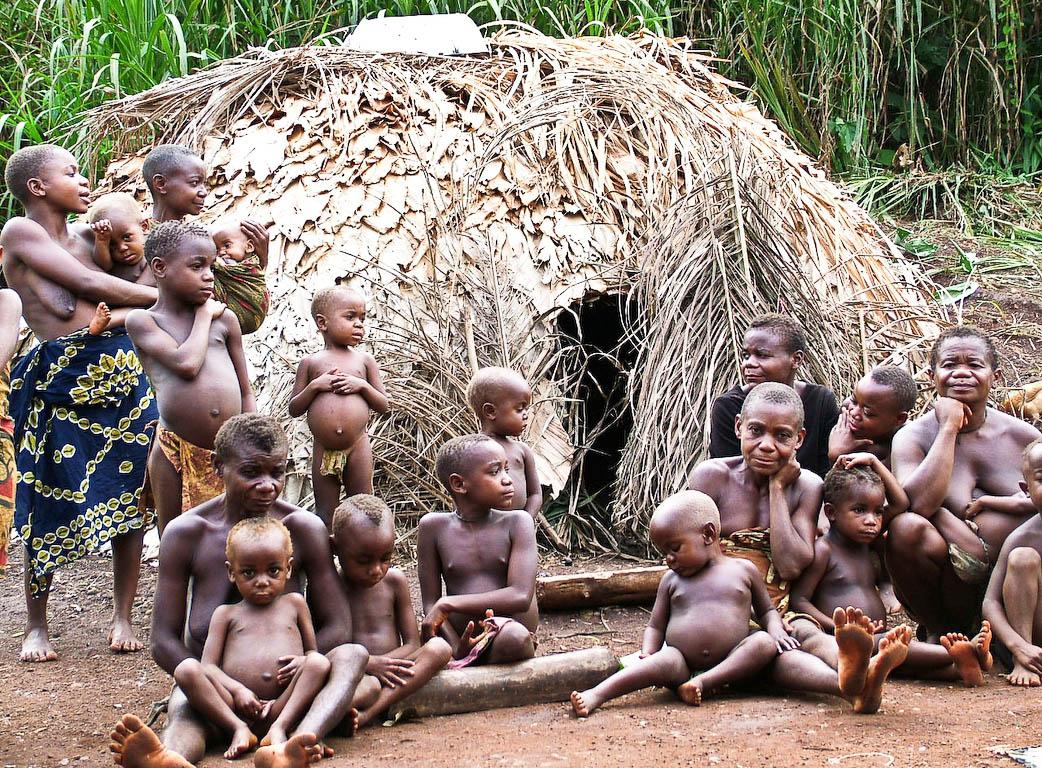

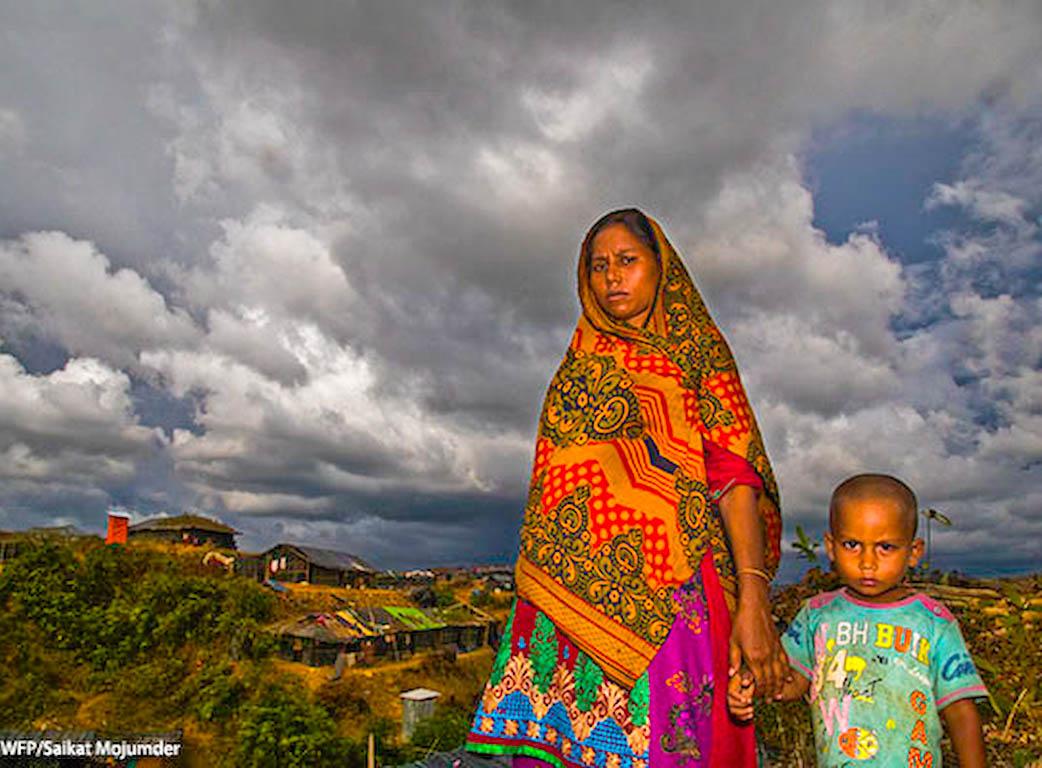
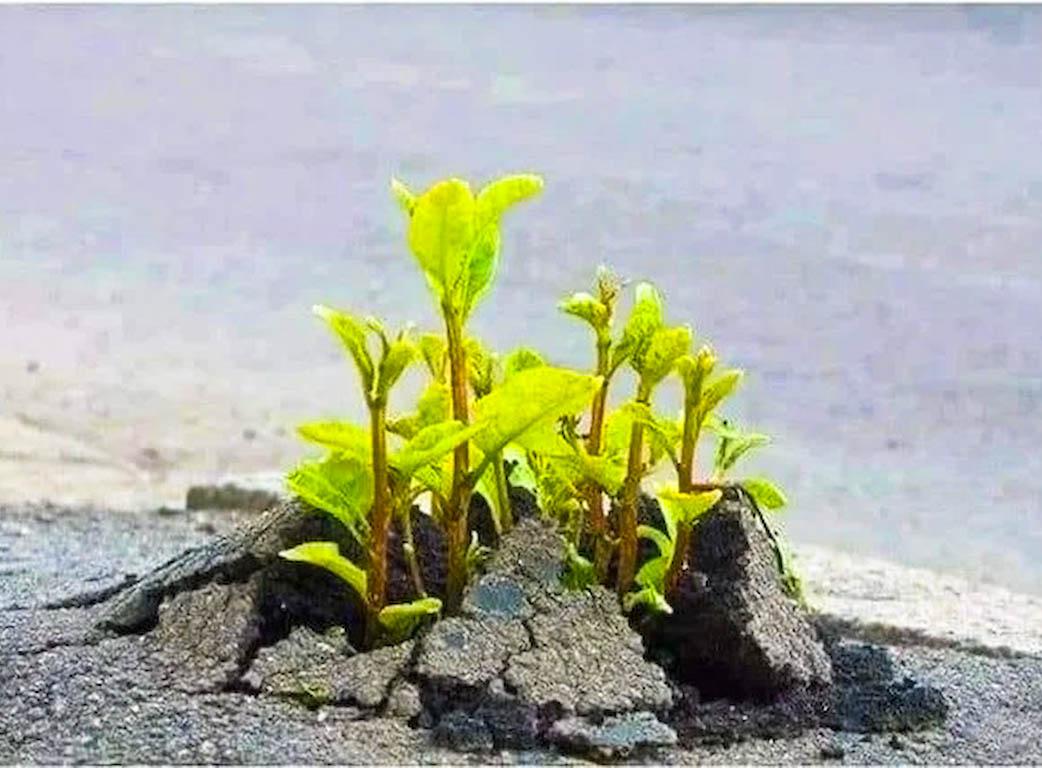

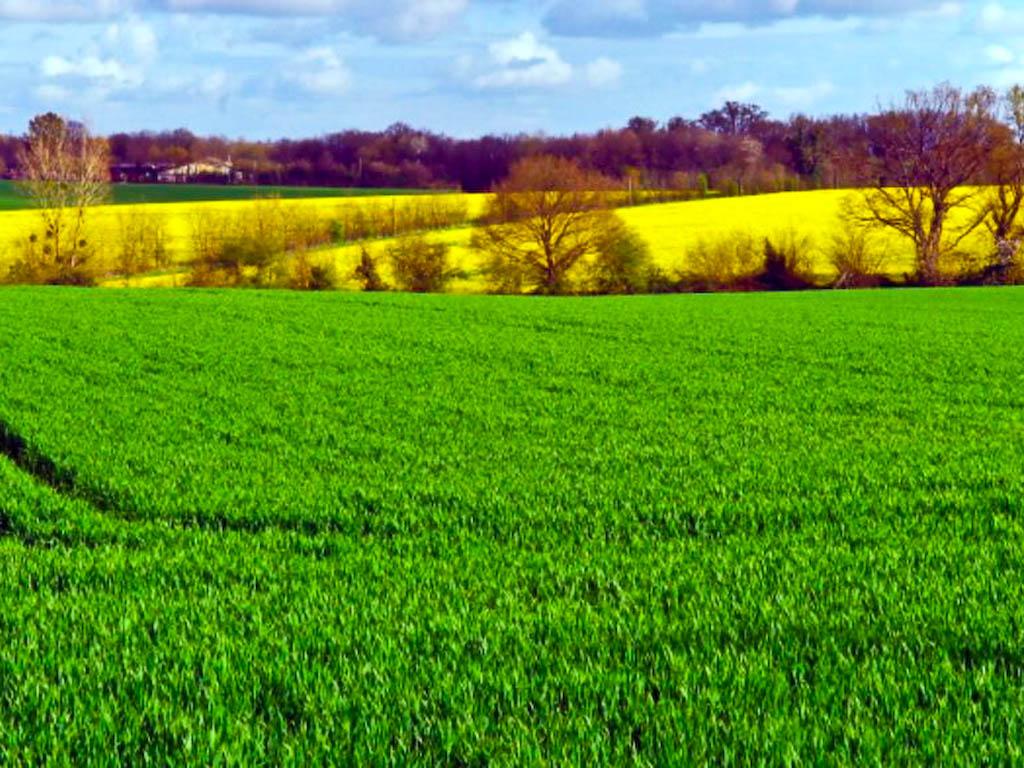
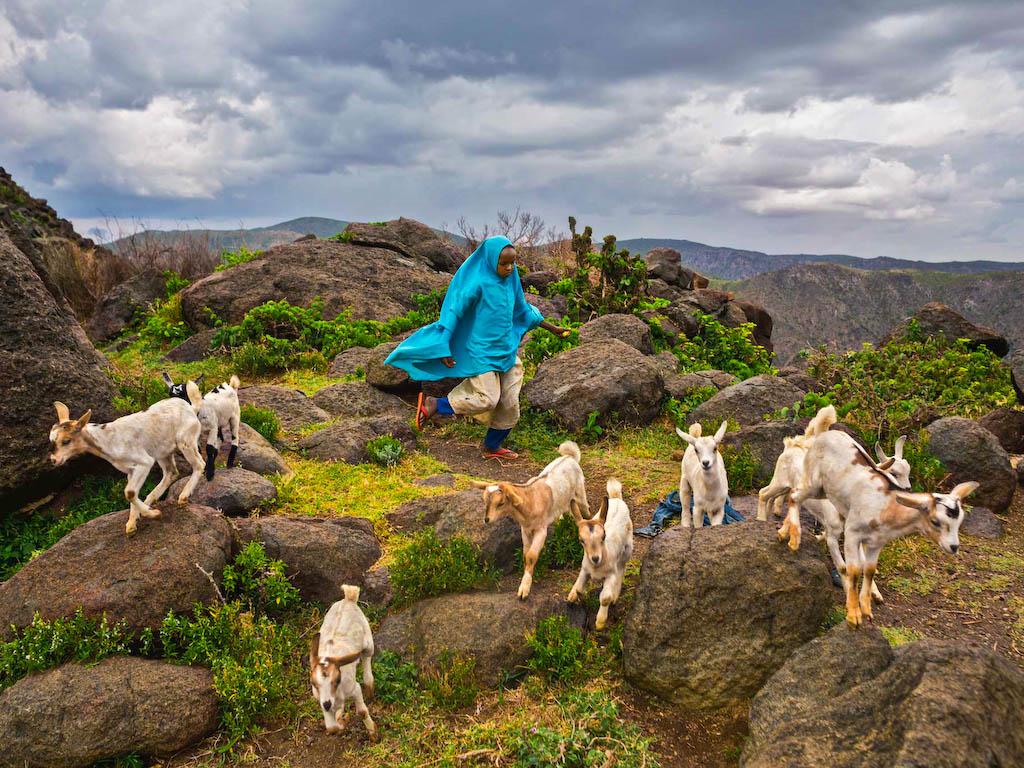






 EDitt | Web Agency
EDitt | Web Agency
Leave a comment